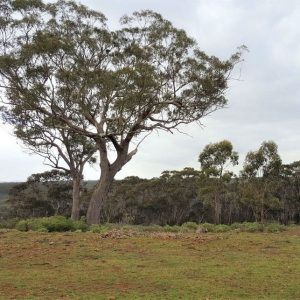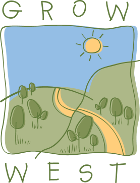4 September 2020

For the last four years, the ‘Protecting and connecting species and communities in Melbourne’s west’ project has worked to protect and enhance threatened plants and animals in the Upper Werribee Catchment by undertaking large-scale pest plant and animal control programs.
Efforts have been concentrated within the three large public reserves – Lerderderg State Park, Werribee Gorge State Park and Brisbane Ranges National Park – covering an area of approximately 30,000 hectares.
In addition, the project engaged with landholders, adjoining the Brisbane Ranges National Park who assisted with identification of pest plant and animals, and the Traditional Owners, Wurundjeri Woi-wurrung, undertook essential weed control in the Werribee Gorge and Long Forest reserves.
Project outcomes
The large-scale pest plant and animal threat mitigation activities undertaken in the four reserves provided a large boost to the works that had previously been carried out by groups and landholders to protect and enhance threatened species and communities.
The project targeted goats, deer, rabbits, pigs, and cats along with pest weed species; Sallow Wattle, Gorse, African Weed Orchid and Serrated Tussock.
The project has achieved great on-ground environmental outcomes through a collaborative multi-stakeholder approach. By working together, both private and public land managers had a positive and lasting impact on the landscape with the support of the partner organisations, Port Phillip &Westernport CMA, the Department of Land, Water, Environment and Planning and Trust for Nature.
Project achievements 2017-20
Werribee Gorge State Park
Areas treated:
858 ha Serrated Tussock
1,281 ha rabbits
Lerderderg State Park
Areas treated:
34,600 ha goat control
21,628 ha cat control
42,248 ha pig control
Brisbane Ranges National Park
Areas treated”
3,666 ha Gorse
5,180 ha Sallow Wattle
22,086 ha deer control
28,309 ha goat control
14,971 ha cat control
1,970 ha African Weed Orchid surveyed
Long Forest Conservation Nature Reserve
Areas treated:
1,278 ha Serrated Tussock
Landholder engagement
34 properties assessed
1,651 ha assessed
19 species of weeds observed

